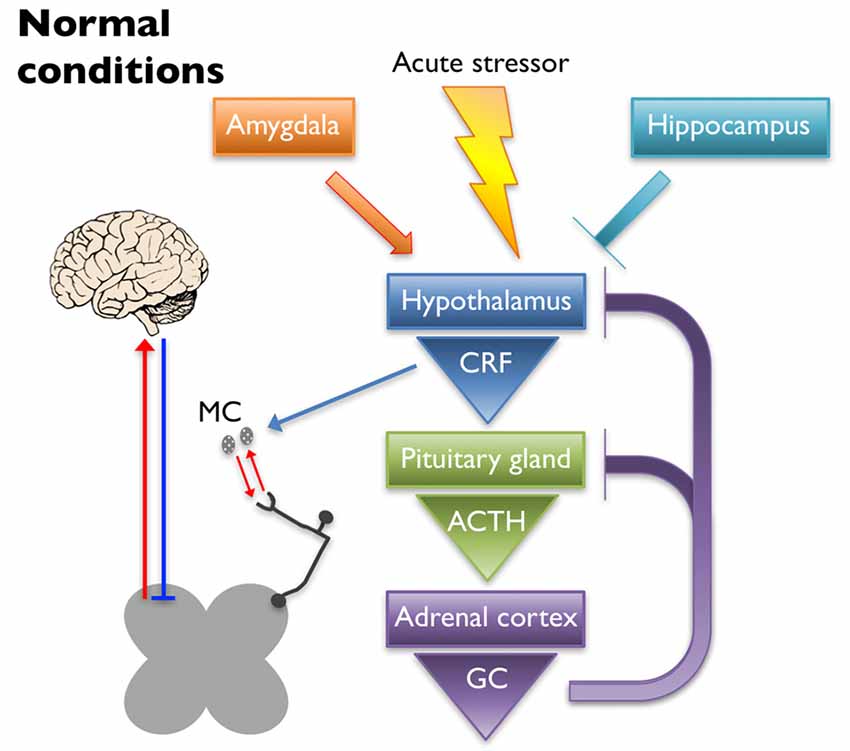Sleep Characteristics in Patients with Whiplash-Associated Disorders: A Descriptive Study
Sleep Characteristics in Patients with Whiplash-Associated Disorders: A Descriptive Study
SOURCE: Topics in Integrative Health Care 2012 (Dec 31); 3 (4)
Jay Greenstein, DC, CCSP, CGFI-L, CKTP, FMS; Barton Bishop, DPT, SCS, CKTI, TPI, CGFI-MP, CSCS; Jean Edward, RN, BSN; Allen Huffman, DC, CKTP, BS; Danielle Davis; Robert Topp, RN, PhD
Study Objectives: The purpose of this study was to explore sleep habits and characteristics of patients with whiplash-associated disorders (WAD) presenting at an outpatient, chiropractic clinic using the Medical Outcomes Study (MOS) Sleep Scale.
Methods: Fifty-one patients from an outpatient chiropractic and physical therapy clinic specializing in spinal rehabilitation participated in this cross-sectional, descriptive study. Data were collected using a descriptive survey, the Visual Analog Scale (VAS), the Neck Disability Index (NDI), and the self-administered 12-item MOS Sleep Scale. Data analysis included descriptive statistics to describe pain, disability, and sleep characteristics of the study sample, and computation of confidence intervals to determine differences in means of sleep characteristics between the non-WAD population (as determined by previous studies) and the study sample of WAD patients.
Results: Results indicate that when compared to normative values of the non-WAD population, the sample of WAD patients in this study presents with significantly greater measures of neck disability (NDI), neck pain (VAS), sleep disturbance, snoring, shortness of breath and headache, sleep somnolence and sleep problems index I and II. This sample also presents with significantly lower measures of optimal sleep when compared to the general population.
Conclusion: Consistent with previous research, findings from this study indicate that WAD patients have increased neck disability and pain, and poorer sleep outcomes, indicating the need for clinicians to assess sleep characteristics and incorporate interventions aimed at alleviating these symptoms when planning rehabilitation. Findings provide evidence for the need to further explore sleep disturbances among WAD patients to establish a stronger understanding of the course and prognosis of this condition.
From the FULL TEXT Article:
Introduction
Neck pain related to whiplash-associated disorders (WAD) constitutes a significant health issue that leads patients to seek medical care in chiropractic and other physical therapy, rehabilitative clinics. Studies have indicated that individuals experience multiple clinical manifestations of WADs that lead to chronicity including postural changes, disability, headache, fatigue, and sleep disturbances. [1-4] Although studies have shown that sleep disturbances occur as a result of chronic pain, few studies have explored the relationship between patients with WAD and sleep quality. [4-6]
There are many more articles like this @ our:
The Whiplash Page and the


